Shredding It, Madagascar (2024) – by Oleg Guerrand-Hermes
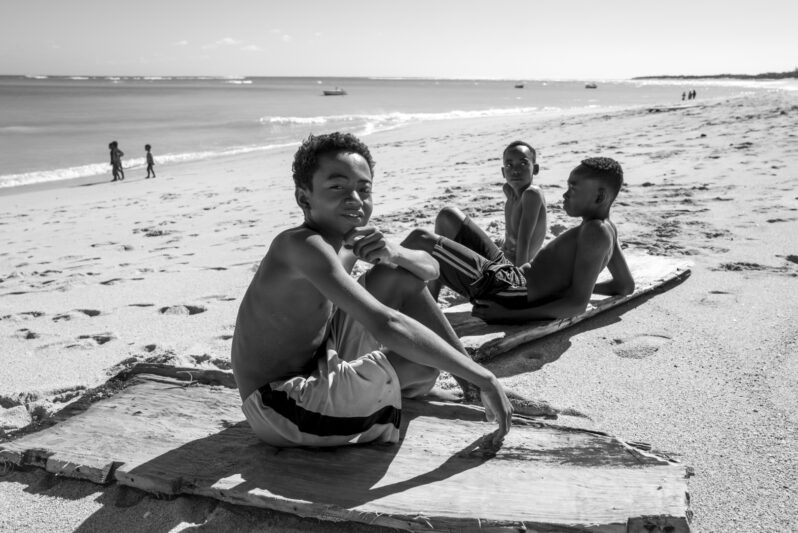
“The arts was and continues to be a magnet for my mind and soul, and it was so obvious to me that life without the arts would just be flat,” – Oleg Guerrand-Hermès, Cultured Magazine (10-27-2023) theframe.com Instagram
The Two Men – Mogador, Morocco (2014) by Julien Drach

Julien Drach (b. 1973) is a French photographer, filmmaker and Art Director. His photography, which is at once painterly and cinematic, sets a richly layered scene, inviting us into the story. JulienDrachStudio.com Instagram “In my photos, I blend two major sources of inspiration: painting and film, but it is an unconscious creative process. I’m constantly […]
The “Vanité” Series by 1011

“A humble flower is the labor of centuries.” – William Blake from the Artist’s Statement:“The title (of this collection): “Vanité” refers to the pride of Men who, like Icarus, think they can conquer nature through technological omnipotence industrialization, while in truth, only offer death…” Tulip at +2.1ºC in the “Vanité” series by 1011 (colored pencils and […]
West Papua, Indonesia from the Air – Planet Labs PBC
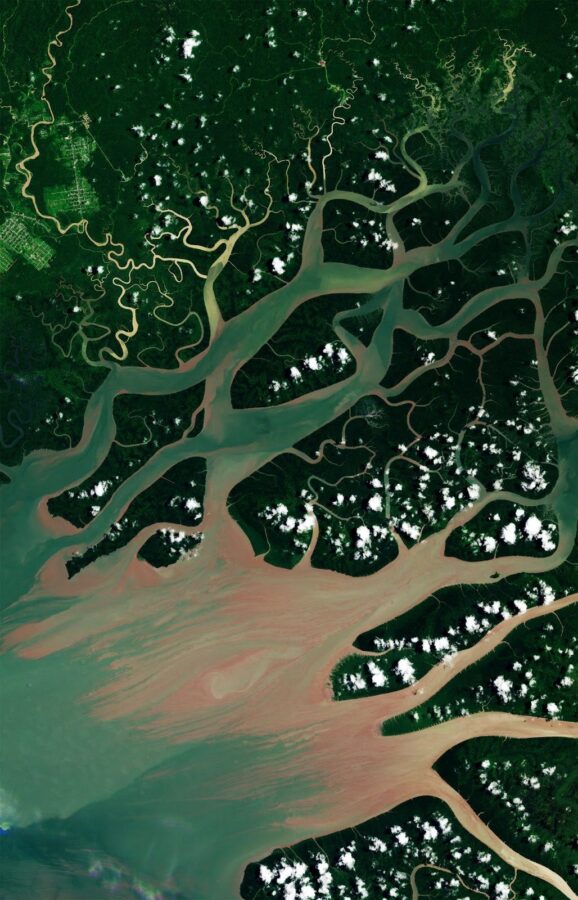
If every image tells a story, high resolution satellite imagery of the earth is the ultimate treasure trove where natural processes is the artist creating works of transcendent beauty that are at once abstract and realistic.
Warming Stripes – Ed Hawkins

An enthusiastic and prolific nature photographer for over 25 years, Steve Mandel’s diverse portfolio includes astronomical imaging, wildlife photography, and the photography of microscopic marine organisms.
Steve is much more than a photographer with a camera. When he can’t find a camera that can capture the sort of imagery he believes is required to broaden our understanding of science and widen our perception, he will just BUILD it himself.
His photographs have appeared in the New York Times, Smithsonian Books, Reader’s Digest, Forbes Magazine, Sky&Telescope, Astronomy, and used by websites including NASA. Three of Steve’s images: of Japanese Macaques, Lemurs in Madagascar, and Proboscis Monkey have been given Highly Honored Awards by the Smithsonian Museum of Natural History and put on display at the Museum. He is also the recipient of the Astronomical Society of the Pacific’s International Amateur Achievement Award, and the American Astronomical Society’s Chambliss Amateur Achievement Medal.
“Death Star” Diatom – Steve Mandel
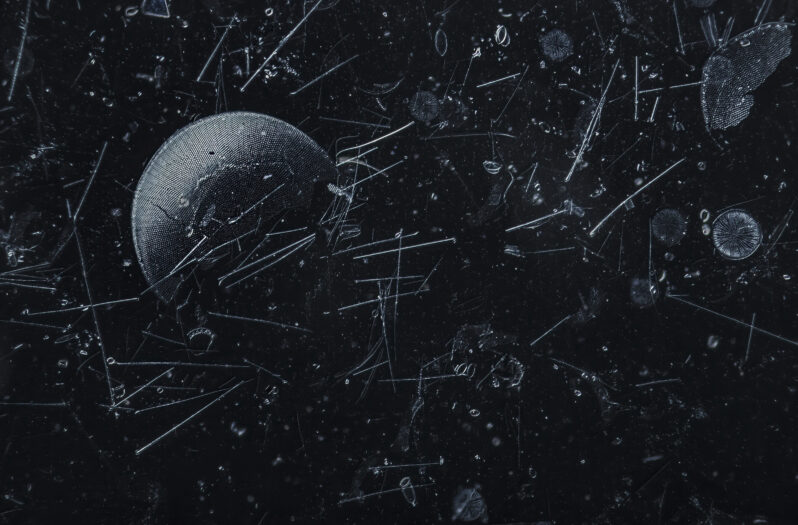
An enthusiastic and prolific nature photographer for over 25 years, Steve Mandel’s diverse portfolio includes astronomical imaging, wildlife photography, and the photography of microscopic marine organisms.
Steve is much more than a photographer with a camera. When he can’t find a camera that can capture the sort of imagery he believes is required to broaden our understanding of science and widen our perception, he will just BUILD it himself.
His photographs have appeared in the New York Times, Smithsonian Books, Reader’s Digest, Forbes Magazine, Sky&Telescope, Astronomy, and used by websites including NASA. Three of Steve’s images: of Japanese Macaques, Lemurs in Madagascar, and Proboscis Monkey have been given Highly Honored Awards by the Smithsonian Museum of Natural History and put on display at the Museum. He is also the recipient of the Astronomical Society of the Pacific’s International Amateur Achievement Award, and the American Astronomical Society’s Chambliss Amateur Achievement Medal.
Anacapa Island – Will Adler
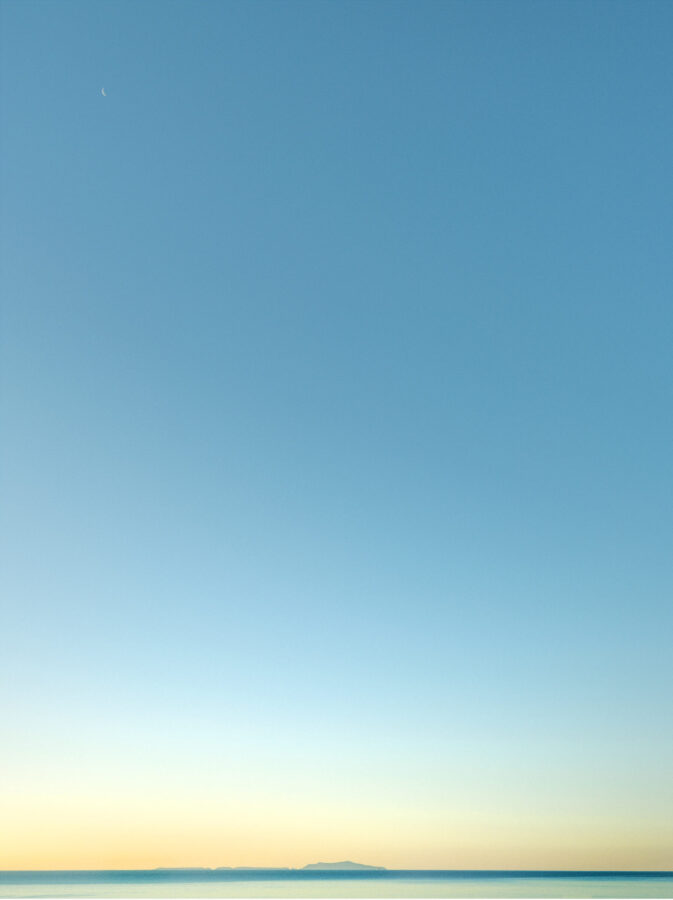
Santa Barbara-based photographer Will Adler has an eye for creating beautiful sharp, yet disorienting images. The photographs confuse and crop reality that asks the viewer to question the truth of the photograph and consider the manipulation of lighting and perspective that photography involves. Some are absurdly deadpan, straight photographs, while others are noticeably more intricate in their staging. Adler’s collections of photos push us back and forth, in and out of reality, all with a sly wink of humor that keeps you grinning.
-Juxapoz Magazine
Morgan Maassen
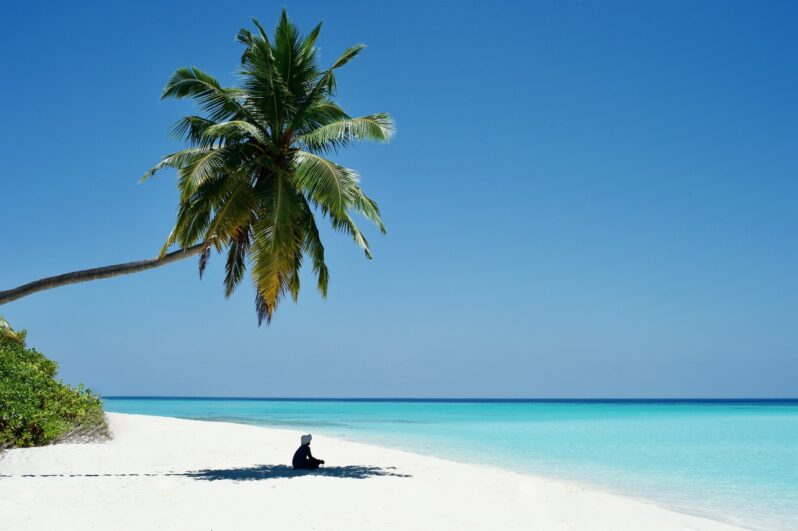
when i was 18 and first started exploring photography, i immediately became obsessed with shooting at night. i’d explore Santa Barbara by bike, spending long sleepless nights huddling up near any body of water or clear vantage point, to then fumble with a self-timer, trying to align a composition that wasn’t blurry or under-exposed. with so much trial and error throughout the years, it has become one of my favorite methodologies to shoot… for its slow, peaceful measure and way of observing the world in minute-long intervals, breathes new awe into the most simple of moments. – Morgan Maassen
Santa Cruz Island – Will Adler
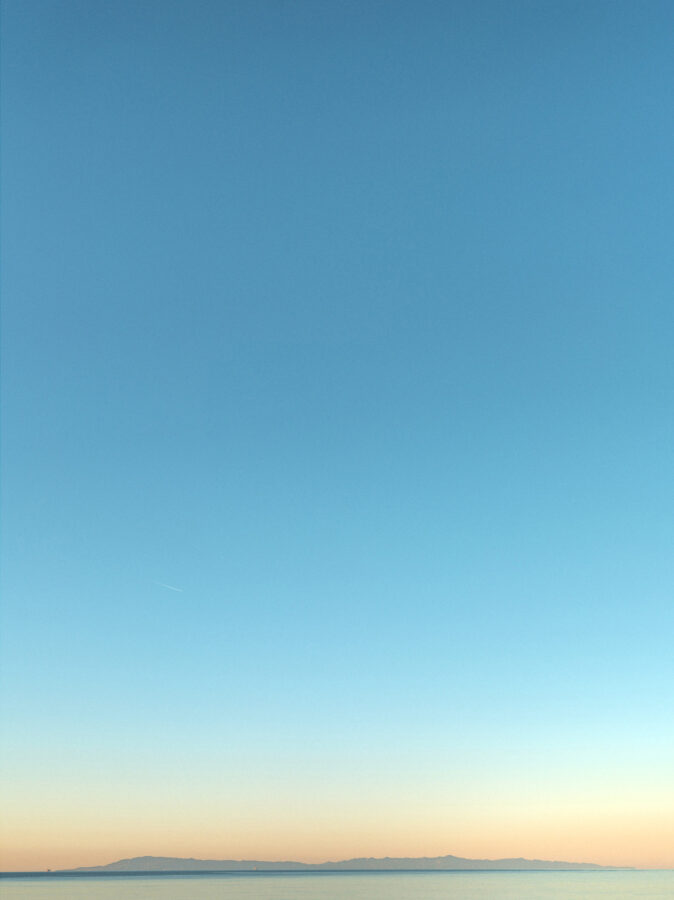
Santa Barbara-based photographer Will Adler has an eye for creating beautiful sharp, yet disorienting images. The photographs confuse and crop reality that asks the viewer to question the truth of the photograph and consider the manipulation of lighting and perspective that photography involves. Some are absurdly deadpan, straight photographs, while others are noticeably more intricate in their staging. Adler’s collections of photos push us back and forth, in and out of reality, all with a sly wink of humor that keeps you grinning.
-Juxapoz Magazine
